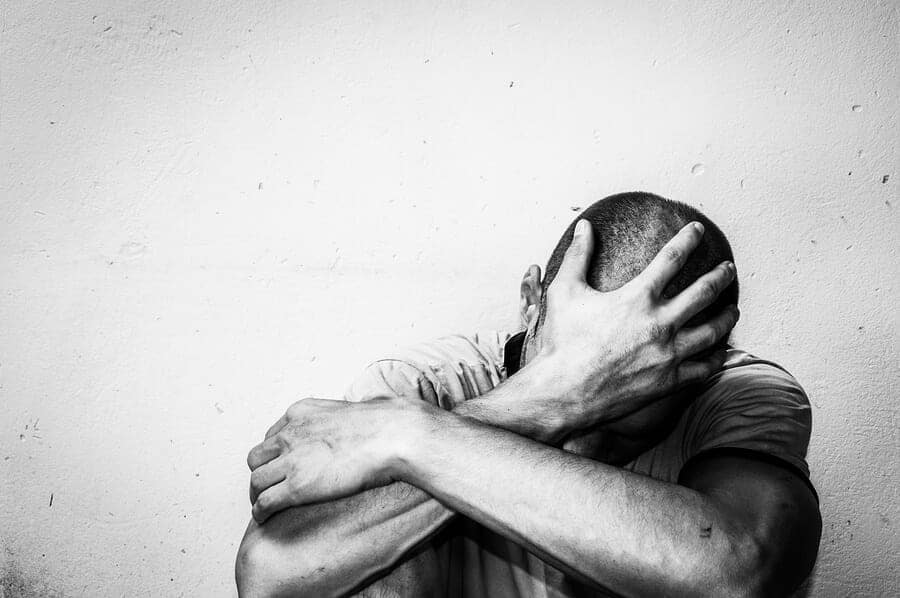
Crack cocaine is more concentrated and potent than powder cocaine, and due to increased potency, withdrawal is often more intense. Crack use results in changes in the brain and the central nervous system (CNS). When a person who is chemically dependent on crack abruptly stops using, his or her body will undergo a readjustment period before it can function normally without the presence of crack in their system.
During this period, physical and psychological side effects will occur, and they may vary in severity and type depending on individual factors. These factors include the user’s level of tolerance, metabolism rate, duration and severity of the addiction, and the existence of co-occurring mental illness or the abuse of other substances.
Crack Withdrawal Symptoms
Crack cocaine is both chemically and psychologically addictive. Because crack addiction can be so challenging to overcome, those who desire to quit using are advised to undergo a supervised detox in a clinical setting.
There are two main phases of withdrawal. First is the acute withdrawal, which refers to the immediate and usually most severe symptoms. Next is post-acute withdrawal (PAWS), which refers to more chronic psychoemotional symptoms that can last several weeks or months after use has stopped.
Common acute withdrawal symptoms include the following:
- Anxiety
- Irritability
- Depression
- Fatigue
- Sleepiness
- Disturbing dreams
- Difficulty concentrating
- Mood swings
- Dysphoria
Protracted withdrawal symptoms may include the following:
- Depression
- Anxiety
- Agitation
- Drug cravings
- Sleep disturbances
- Lack of motivation
- Inability to feel pleasure
- Anger
- Emotional outbursts
Duration of Withdrawal
The length of time required for withdrawal from crack varies for each individual and is based on several different factors. Crack withdrawal symptoms can begin to manifest between anywhere from 30 minutes to 72 hours after the last use. Physical symptoms of withdrawal often subside within a few days but may persist for up to three months.
Withdrawal symptoms that last more than three weeks are considered to be PAWS. Psychological symptoms associated with crack withdrawal, such as intense cravings, dreams about using, and obsessive thoughts related to using, often persist for a long time. There have been cases of some psychological symptoms lasting for six months or longer.
After the first week of crack withdrawal, the user will have mostly recovered from the worth of the physical effects and may feel as if they have already beat the disease. For this reason, many people inadvertently let down their guard, becoming more prone to relapse during this time.

Crack Cocaine Withdrawal Timeline
24-72 hours
During the first three days of withdrawal, users may experience symptoms such as paranoia and body aches, and, rarely, hallucinations. Anxiety, insomnia, fatigue, irritability, and cravings may also manifest during the first 24 hours. After this initial period, any feelings of paranoia usually subside.
Week 1
During the first week of withdrawal, other symptoms commonly occur, including extreme irritability, severe fatigue, sleep disturbances, and a general loss of motivation.
Week 2
During week two, drug cravings may intensify, and depression may onset. During this time, the brain is still reacting to the process of withdrawal and usually will not produce enough dopamine to induce strong positive emotions. Anxiety may persist or return during this period.
Weeks 3-4
During weeks three and four, the body is still adapting to the absence of crack, and mood changes may be frequent. Although the physical cravings for crack usually subside by this time, psychological cravings may persist throughout the first month. Feelings of depression and anxiety may linger as well.
Medications for Crack Detox
Health providers at drug treatment centers typically design detox strategies based on the patient’s individual needs. Unlike with other substances, patients usually don’t use a tapering method for crack detox. Instead, they quit abruptly under direct medical supervision, and, in most cases, medications will be administered to mitigate uncomfortable withdrawal symptoms.
Drugs that may be prescribed for crack withdrawal include, but are not limited to, the following:
Clonidine – for the treatment of high blood pressure and anxiety
Gabapentin – to prevent seizures, restless leg syndrome, anxiety, and insomnia
Propranolol – to reduce anxiety
Vistaril – to reduce anxiety
Trazodone – to improve sleep quality
Seroquel – to improve sleep and reduce anxiety
Getting Help for Cocaine Withdrawal and Addiction
Individuals seeking to recover from crack addiction are strongly advised to undergo detox in a clinical environment, such as an addiction treatment center. In doing so, the patient also has access to a support system to help with the challenges of withdrawal and cravings. After detox, individuals are highly encouraged to seek professional help for addiction, such as intensive, evidence-based therapies, counseling, and group support.
Harmony Recovery Center offers comprehensive treatment programs that address crack addiction, and it’s underlying causes, such as mental health conditions and experiences of trauma. Our dedicated staff delivers evidence-based therapies essential for the treatment of addiction with care and expertise.
If you or someone you love are suffering from crack addiction or the abuse of other drugs or alcohol, please contact us today! We help people achieve long-term sobriety and reclaim the healthy and enjoyable lives they deserve!
⟹ READ THIS NEXT: Opiate Withdrawal